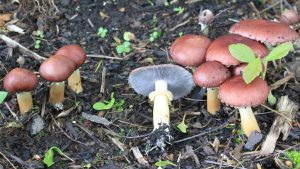#160: Suillus luteus, the Slippery Jack
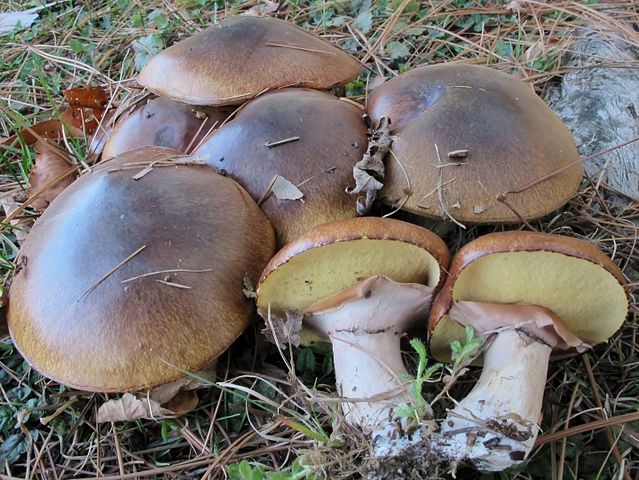
Suillus luteus mushrooms showing the shiny/slimy cap and thick ring. By Walt Sturgeon (Mycowalt) [CC BY-SA 3.0], via Wikimedia Commons
Description
S. luteus is a pretty good example of the genus Suillus (phylum Basidiomycota, class Agaricomycetes, order Boletales, family Suillaceaeii). Theoretically, mushrooms in Suillus can be differentiated from the rest of the boletes by their slimy caps, radially-arranged pores, the presence of a partial veil, glandular dots, and their coniferous habitat. Unfortunately, many Suillus mushrooms only display a couple of these characteristics.iii S. luteus has all of these characteristics, except it lacks radially arranged pores.iv
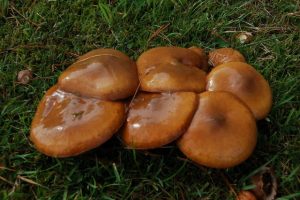
Suillus luteus displaying the characteristically slimy cap. Aubrey Dale [CC BY-SA 2.0], via Wikimedia Commons
The pore surface of the Slippery Jack is whitish to light yellow and features very small pores. Unlike most other Suillus species, the pores are arranged randomly rather than like spokes (radially). The pores darken with age and may become yellow to greenish yellow when the mushroom is mature. Spores produced in the pores are colored brown. In young mushrooms, the pore surface is covered by a partial veil. This veil is mostly white and breaks open to reveal the pore surface when the mushroom begins to produce spores. On mature mushrooms, remnants of the partial veil can be seen as a ring around the stipe and small pieces of tissue along the cap margin.vi
The most prominent feature of the stipe is the fairly thick ring left by the partial veil. Initially, the ring is white. However, it slowly discolors purplish, especially on the lower surface. Above the ring, the stipe is whitish and fades into the color of the cap near the top. This part of the stipe is also decorated with numerous clumps of cells called glandular dots. These glandular dots darken with age and stand out from the rest of the stipe when mature.vii Glandular dots result from swollen cells and resemble tiny bumps more than scales or hairs. This is a feature unique to the genus Suillus, so finding it helps shorten the identification process.viii Below the ring, the stipe is whitish and undecorated but discolors brownish purple as the mushroom ages. S. luteus is a rather squat mushroom; the stipe grows only 3-8cm long. The stipe is proportionately thick, growing between 1 and 2.5cm in width.ix
Ecology
S. luteus can be found in North America, Europe, and Asiax growing under conifers, particularly Scots pine.xi Like the rest of the boletes, S. luteus is mycorrhizal.xii Suillus species are usually found under conifers,xiii and S. luteus fits this pattern.xiv In particular, it grows underneath pines like Scots pinexv (a European species).xvi This mushroom was apparently introduced to North America from Europe, so in North America it is most common in Scots pine plantations.xvii Plantations of red pine and eastern white pine are also good places to look for the Slippery Jack.xviii The mushrooms primarily fruit during the fallxix but may also be found in late summer or over winter during warm weather.xx When it does fruit, it is often quite plentiful.xxi
Edibility
The Slippery Jack is considered an edible mushroom, although it is known to cause gastric upset on occasion. To reduce the likelihood of poisoning, the slimy upper surface of the cap should be removed along with any remnants of the partial veil on the stipe. This also ensures that any dirt, leaves, and other detritus that have gotten stuck to the slimy cap are removed.xxii Additionally, some people have an allergic reaction upon touching S. luteus that is similar to poison ivy. Other Suillus species can also induce this reaction, though it is relatively rare and affects only sensitive people.xxiii
Slippery Jack mushrooms are generally not eaten fresh. Instead, they are usually dried first and later reconstituted (by soaking the mushrooms in water). This enhances the flavor of the mushrooms and allows them to be easily preserved. Younger mushrooms tend to have a better flavor, so try and pick ones where the partial veil has not quite broken to reveal the pores.xxiv
See Further:
http://www.mushroomexpert.com/suillus_luteus.html
http://www.first-nature.com/fungi/suillus-luteus.php
http://www.rogersmushrooms.com/gallery/DisplayBlock~bid~6822.asp
http://foragerchef.com/the-original-slippery-jack-suillus-luteus/
Citations
[i] Alan Bergo, “Suillus Luteus,” Forager | Chef, November 20, 2013, http://foragerchef.com/the-original-slippery-jack-suillus-luteus/.
[ii] Michael Kuo, “Mushroom Taxonomy (MushroomExpert.Com),” MushroomExpert.Com, March 2014, http://www.mushroomexpert.com/taxonomy.html.
[iii] Michael Kuo, “The Genus Suillus,” MushroomExpert.Com, November 2004, http://www.mushroomexpert.com/suillus.html.
[iv] Michael Kuo, “Suillus Luteus: The Slippery Jack,” MushroomExpert.Com, November 2004, http://www.mushroomexpert.com/suillus_luteus.html.
[v] Ibid.
[vi] Ibid.
[vii] Ibid.
[viii] Michael Kuo, “Glossary of Mycological Terms (MushroomExpert.Com),” MushroomExpert.Com, February 2006, http://www.mushroomexpert.com/glossary.html#glandular_dots.
[ix] Michael Kuo, “Suillus Luteus: The Slippery Jack.”
[x] Pat O’Reilly, “Suillus Luteus (L.) Roussel – Slippery Jack,” First Nature, accessed September 29, 2016, http://www.first-nature.com/fungi/suillus-luteus.php.
[xi] “Suillus Luteus,” RogersMushrooms, accessed September 29, 2016, http://www.rogersmushrooms.com/gallery/DisplayBlock~bid~6822.asp.
[xii] Michael Kuo, “Suillus Luteus: The Slippery Jack.”
[xiii] Michael Kuo, “The Genus Suillus.”
[xiv] Michael Kuo, “Suillus Luteus: The Slippery Jack.”
[xv] “Suillus Luteus.”
[xvi] Darroll D. Skilling, “Pinus Sylvestris L,” Silvics of North America, accessed September 30, 2016, https://www.na.fs.fed.us/spfo/pubs/silvics_manual/Volume_1/pinus/sylvestris.htm.
[xvii] Orson K Miller and Hope Miller, North American Mushrooms: A Field Guide to Edible and Inedible Fungi (Guilford, Conn.: Falcon Guide, 2006).
[xviii] Michael Kuo, “Suillus Luteus: The Slippery Jack.”
[xix] “Suillus Luteus.”
[xx] Michael Kuo, “Suillus Luteus: The Slippery Jack.”
[xxi] Pat O’Reilly, “Suillus Luteus (L.) Roussel – Slippery Jack.”
[xxii] Alan Bergo, “Suillus Luteus.”
[xxiii] Michael W. Beug, “Slide 73.,” POISONOUS AND HALLUCINOGENIC MUSHROOMS, June 2000, http://academic.evergreen.edu/projects/mushrooms/phm/s73.htm.
[xxiv] Alan Bergo, “Suillus Luteus.”

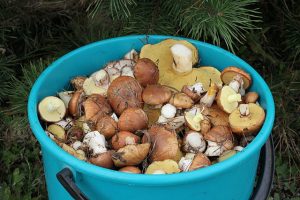
![#007: Omphalotus illudens, the Jack-O-Lantern Mushroom [Archived]](https://www.fungusfactfriday.com/wp-content/themes/hueman/assets/front/img/thumb-medium-empty.png)
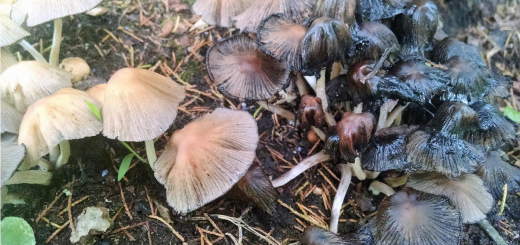





![#011: Characteristics of Kingdom Fungi [Archived]](https://www.fungusfactfriday.com/wp-content/themes/hueman/assets/front/img/thumb-small-empty.png)

